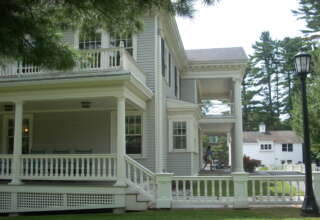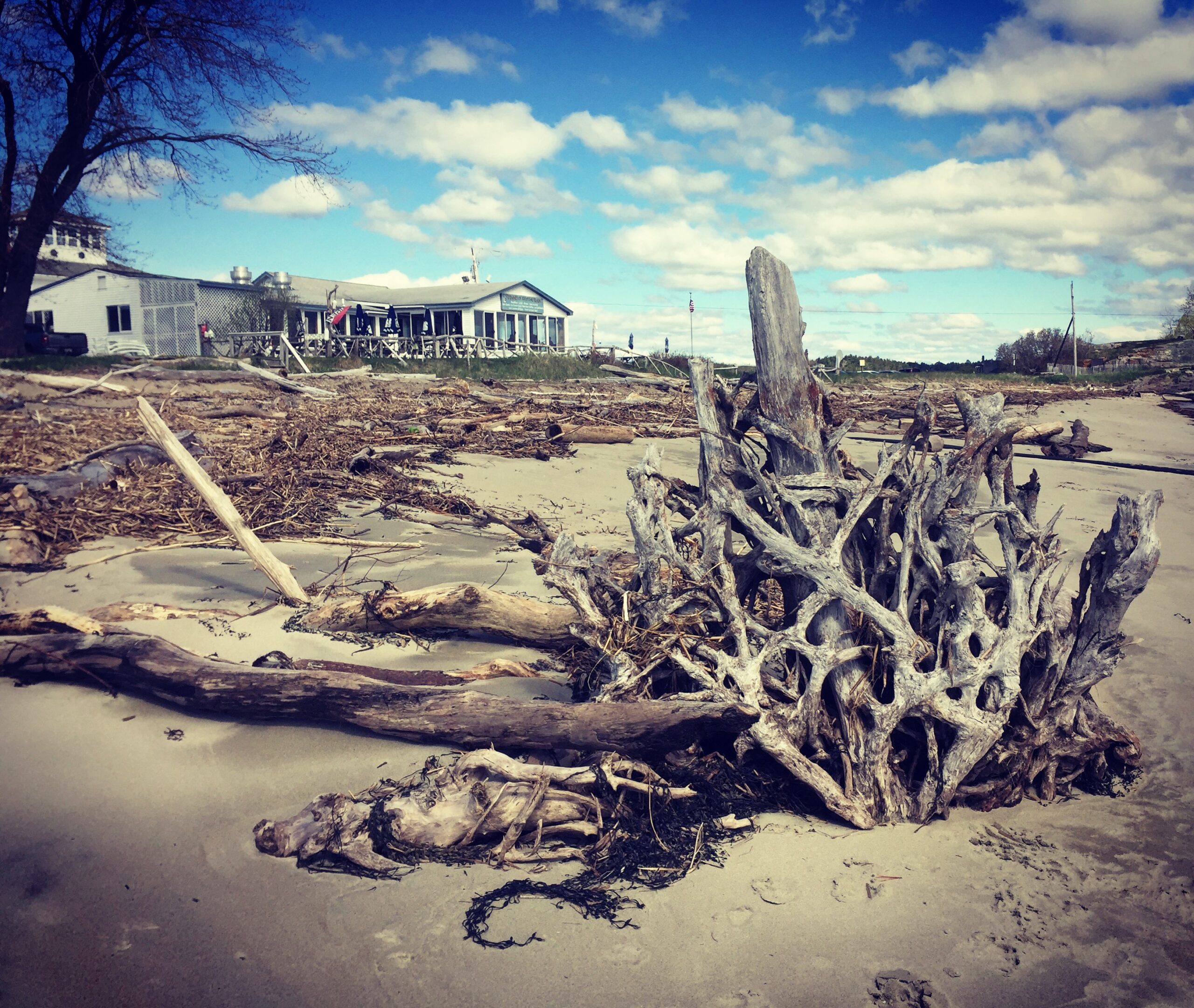
This first framing of community clearly was prevalent during the hunter-gatherer stage of human evolution. Even though groups of people were on the move during this early stage of human evolution, they cared deeply about the specific territory in which they were temporarily located. This might be considered an early version of the “movable feast”! Physical territory continued to be a priority as human beings moved on to agriculture. The concern for physical proximity remained in place when the agrarian-based community became prevalent. Physical territory might have become even more important with the creation of permanent farms. Members of the community remained in place—tilling the soil and growing crops and domesticating and raising animals. As Warren noted, these agrarians also began to build institutions on the territory they were claiming as their “community.”
Community as Workplace
Communities changed as the Modern era emerged. Institution-building became even more important with the movement to an industrial base. Cities were being established and members of these urban communities often identified with specific institutions—be they religious, governmental or production-based. Many residents of these newly formed cities began to identify their workplace as their community. The small worker enclaves associated with their workplace became the specific location of their community.
Workplace communities established during the Modern era were often directly aligned with another type of community—the ghetto. People clustered in large modern cities based on their ethnic identify or religious faith. In some instances, they were forced into these ghetto communities. In other instances, they voluntarily entered these communities, wishing to acquaint primarily with people who spoke the same language, observed the same rituals and norms, and viewed those from other neighborhoods as “other” and often as enemies.
These ethnically based enclaves were especially prevalent in large urban centers. They were established when these centers (such as New York City, Boston, London and Paris) were rapidly expanding with the arrival of diverse immigrant populations. Immigration was often sequential in nature with immigrants from one specific country or region of a country arriving first, with immigrants from a second and third country or region arriving next. The large cities in the world by the early years of the 20th Century were often actually clusters of many smaller communities with distinct boundaries. Many modern cities were, in essence, composed of many small ethnic-based towns—with important socio-economic Lines being drawn between these inner-city towns.









